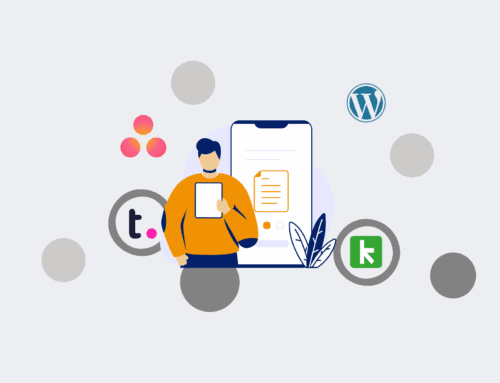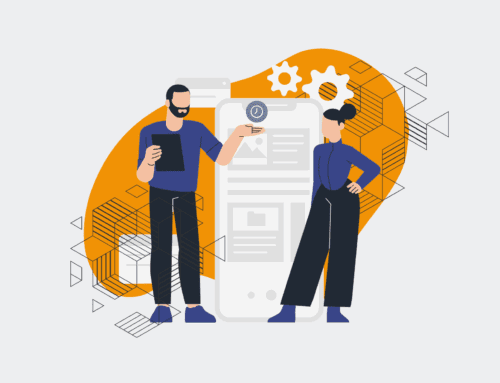Decoding Resume Parsers: A Comprehensive Look for HR Professionals
In the rapidly evolving landscape of talent acquisition, the tools we employ to navigate the vast sea of applications are critical. Among these, resume parsers stand out as essential, yet often misunderstood, components of modern HR technology. For HR professionals, grasping the intricacies of these systems isn’t just about efficiency; it’s about strategic advantage, ensuring you connect with the right talent faster and more effectively.
The Imperative of Intelligent Resume Processing
The sheer volume of applications that companies receive today makes manual resume review an unsustainable, error-prone, and painfully slow process. A single job posting can attract hundreds, if not thousands, of candidates. Without a robust system to process and make sense of this data, HR teams can quickly become overwhelmed, leading to missed opportunities, extended time-to-hire, and a drain on valuable resources. This is where resume parsers enter the picture, not merely as digital filters but as sophisticated engines designed to streamline the initial stages of candidate evaluation.
How Resume Parsers Bridge the Data Gap
At their core, resume parsers are specialized software programs engineered to extract structured data from unstructured or semi-structured documents, such as resumes. Imagine a resume as a rich tapestry of information – employment history, education, skills, contact details, and achievements – all presented in a variety of formats and layouts. A parser’s job is to deconstruct this tapestry, identify key elements, and organize them into a standardized, searchable format. This process typically involves several advanced computational techniques:
Natural Language Processing (NLP) at Work
The foundation of any effective resume parser lies in Natural Language Processing. NLP allows the parser to ‘read’ and understand human language. It identifies entities like names, addresses, company names, job titles, and educational institutions. Beyond simple keyword recognition, modern NLP-driven parsers can infer meaning and relationships between words, enabling them to distinguish between a “Project Manager” and a “Manager of Projects,” or to understand that “MS Office” is a software skill while “PhD” is an academic achievement.
Advanced Entity Recognition and Extraction
The parser’s ability to accurately identify and categorize specific pieces of information is paramount. This involves deep learning models trained on vast datasets of resumes. These models learn patterns and contextual cues to confidently pull out discrete data points, such as dates of employment, specific technical proficiencies (e.g., Python, Salesforce, SAP), and quantifiable achievements (e.g., “increased sales by 15%”). The goal is to transform free-text narrative into actionable, structured data fields that can populate an Applicant Tracking System (ATS) or CRM system.
Semantic Understanding vs. Keyword Matching
Early resume parsers were largely reliant on keyword matching. If a job description asked for “project management skills,” the parser would simply look for the exact phrase. Contemporary parsers, fueled by AI and machine learning, have moved beyond this simplistic approach. They employ semantic understanding, meaning they can grasp the conceptual relationships between words. This allows them to identify candidates who possess equivalent skills even if the precise keywords aren’t used. For instance, a candidate with “Scrum Master certification” would be recognized as relevant for a “project management” role, even if the latter term isn’t explicitly mentioned in their resume.
Beyond the Basics: Strategic Implications for HR
For HR professionals, understanding this underlying technology provides a strategic edge. It means being able to:
- Improve Search Accuracy: By converting resume data into a structured format, parsers enable HR teams to conduct highly precise searches within their talent database, identifying candidates not just by simple keywords but by a nuanced understanding of their experience and capabilities.
- Enhance Candidate Experience: When candidates can easily upload a resume and have their information automatically populate application forms, it significantly reduces friction and improves the overall application experience, leading to higher completion rates.
- Reduce Bias (Potentially): While AI introduces its own forms of bias if not carefully managed, well-designed parsers can help reduce human bias by focusing on qualifications and skills rather than subjective elements often influenced by initial glances.
- Automate Data Entry: The most immediate and tangible benefit is the elimination of manual data entry, freeing up HR staff to focus on higher-value activities like candidate engagement, strategic planning, and relationship building. This directly aligns with 4Spot Consulting’s mission to save businesses 25% of their day through automation.
- Integrate with Existing Systems: The parsed, structured data is then seamlessly pushed into your ATS, HRIS, or CRM (like Keap or HighLevel), creating a single source of truth for candidate information. This integration is crucial for holistic talent management and is a cornerstone of our OpsMesh framework.
Navigating Challenges and Maximizing Potential
Despite their advancements, resume parsers are not a silver bullet. Challenges remain, including the handling of highly unconventional resume formats, the potential for AI bias, and the need for continuous training and refinement of the parsing models. The key for HR professionals is to integrate these tools thoughtfully, understanding their capabilities and limitations. It’s about combining the efficiency of automation with human oversight and strategic interpretation.
Leveraging resume parsers effectively means moving beyond mere implementation to strategic integration. It’s about designing workflows where the parser acts as an intelligent assistant, enriching your candidate data and empowering your team to make more informed decisions, faster. This approach transforms talent acquisition from a reactive, labor-intensive process into a proactive, data-driven engine for growth.
If you would like to read more, we recommend this article: AI-Powered Resume Parsing: Your Blueprint for Strategic Talent Acquisition








